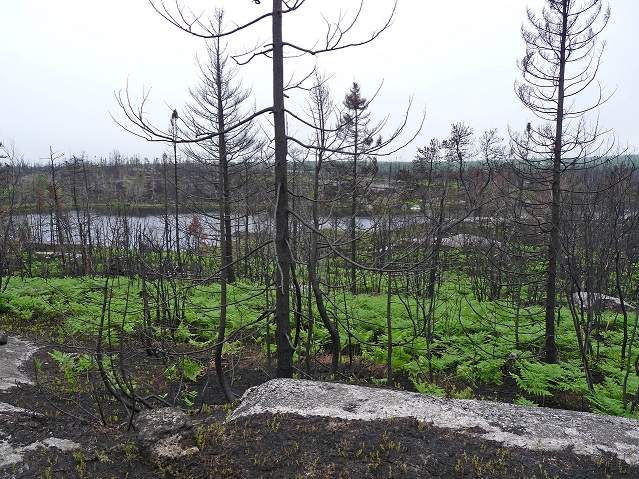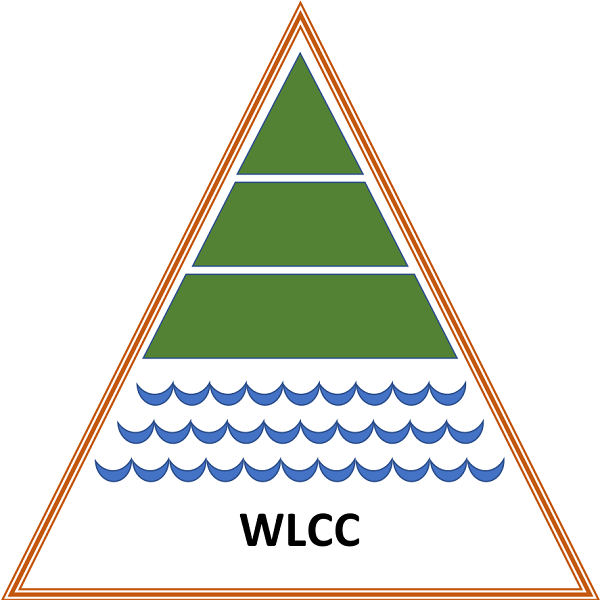Wildfires – What’s your evacuation plan?
by: Cathy Vaughan
[Reprinted with permission from Chebucto News, July 2023]
Do you remember the fire in Spryfield of Spring 2009 that started behind the Spryfield Lions Rink and burned a swath of the Backlands to Ferguson Cove, over 20 kilometres away? Over 1,200 residents were evacuated, eight residences were destroyed and 10 homes along Purcells Cove Road were damaged.

Three years later, on Victoria Day 2012, another brush fire scorched 15 hectares of forest down to Williams Lake’s shoreline. But with lessons learned from the 2009 fire, HRM fire services notified the Department of Natural Resources immediately at the first sighting of the fire. Water bombers were in the air quickly and they helped knock down the fire in five scary hours.
Nova Scotia has already had more fires this year than last year. More than 16,000 residents were evacuated from the Tantallon area and approximately 200 homes were burned or damaged. How is this new normal connected to climate change?
According to the United Nations, “Climate change refers to long-term shifts in temperatures and weather patterns. These shifts may be natural, but since the 1800s, human activities have been the main driver of climate change, primarily due to the burning of fossil fuels (like coal, oil and gas), which produces heat-trapping gases.”
Weather forces like El Niño and hurricane Fiona are extreme weather patterns that are not going away, nor are they skipping our neighbourhood. The recent Spring fire at Long Lake was much too close to Spryfield, our fire-prone Backlands and our collective memory of previous fires. These wacky new weather patterns are now in our own backyard whether or not you believe the chaos is all connected to climate change. Are you ready to evacuate?
- An Evacuation Alert means you need to be ready to leave if the fire becomes a danger to your area.
- An Evacuation Order means you need to leave the area immediately following specific routes identified by officials.
A lightning strike, a campfire or a cigarette butt ignites another wildfire close to your home – what’s your evacuate plan? Try answering the following questions: Do you have a plan to evacuate? Have you discussed a plan with your family? What would you put in your ‘grab-bag’? Do you have a reciprocal safe-house arrangement with friends outside your area? How will you communicate with your family? What are your chosen rendezvous points for family? Who goes home for the dog?
The Nova Scotia Emergency and Preparedness website suggests making a plan now and lists suggestions for your ‘grab-bag.’ The bag should be small, easy to carry and everyone should know its location.
Things to include:
• your emergency plan
• money in small bills
• first-aid supplies
• wind-up or battery-powered radio and flashlight
• 3-day supply of your prescription medicines
• 6 litres of water per person (2 litres per day)
• copies of important papers, driver’s license, birth certificate, passport, residency card, and insurance papers
• keep your car’s gas tank as full as possible and your cell phones charged.
Our next federal election is scheduled for October 20, 2025 to elect members of the House of Commons. You might want to ask potential candidates in your area what they plan to do about climate change.
Report Fires and Emergency Wildlife situations to 1-800-565-2224.
Learn More:
Red Cross website
Regeneration of Forest and Barrens after the Spryfield Fire of April 30, 2009 (Halifax Naturalists)
NS Natural Resources and Renewables
Emergency alerts and information (Government of NS)
